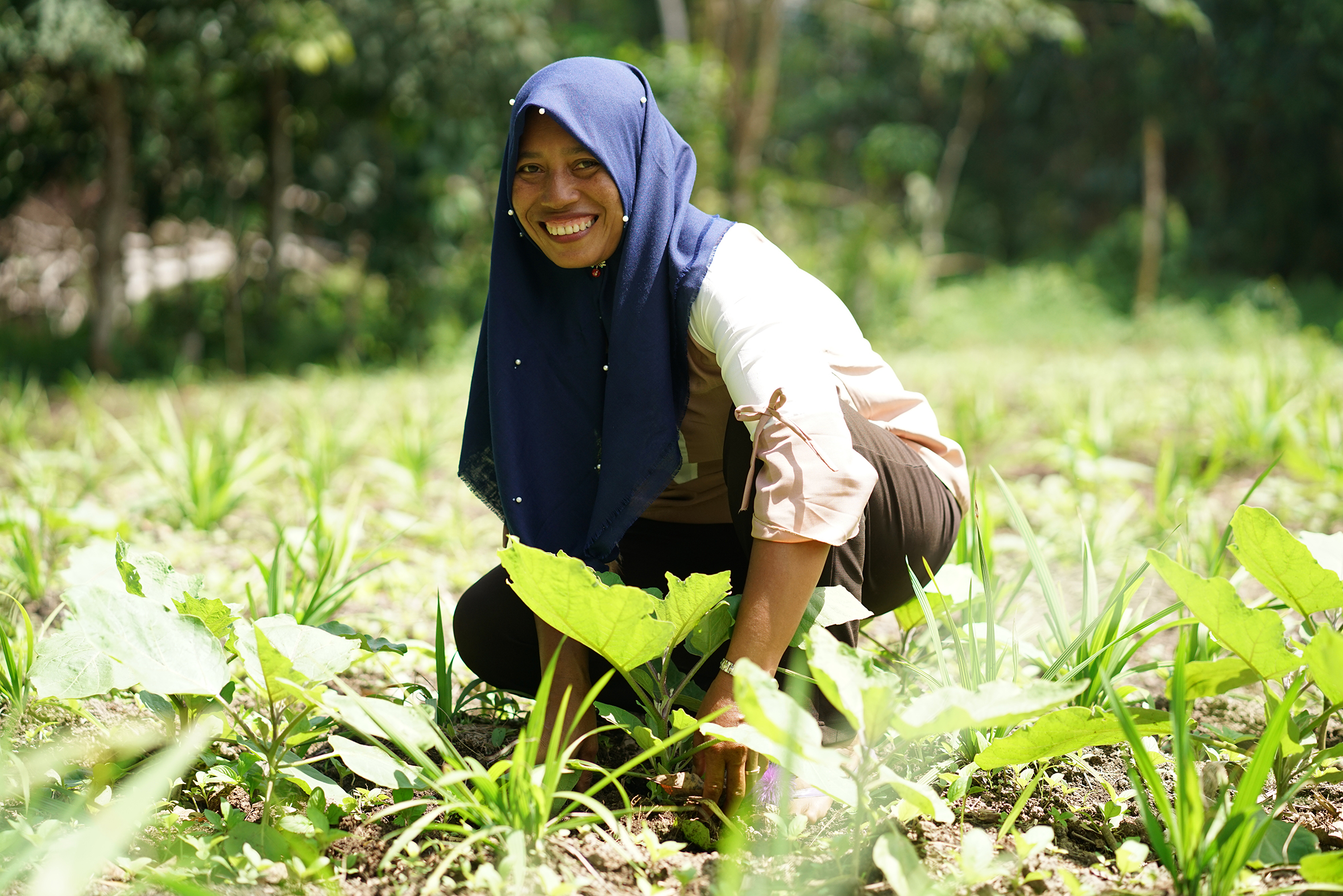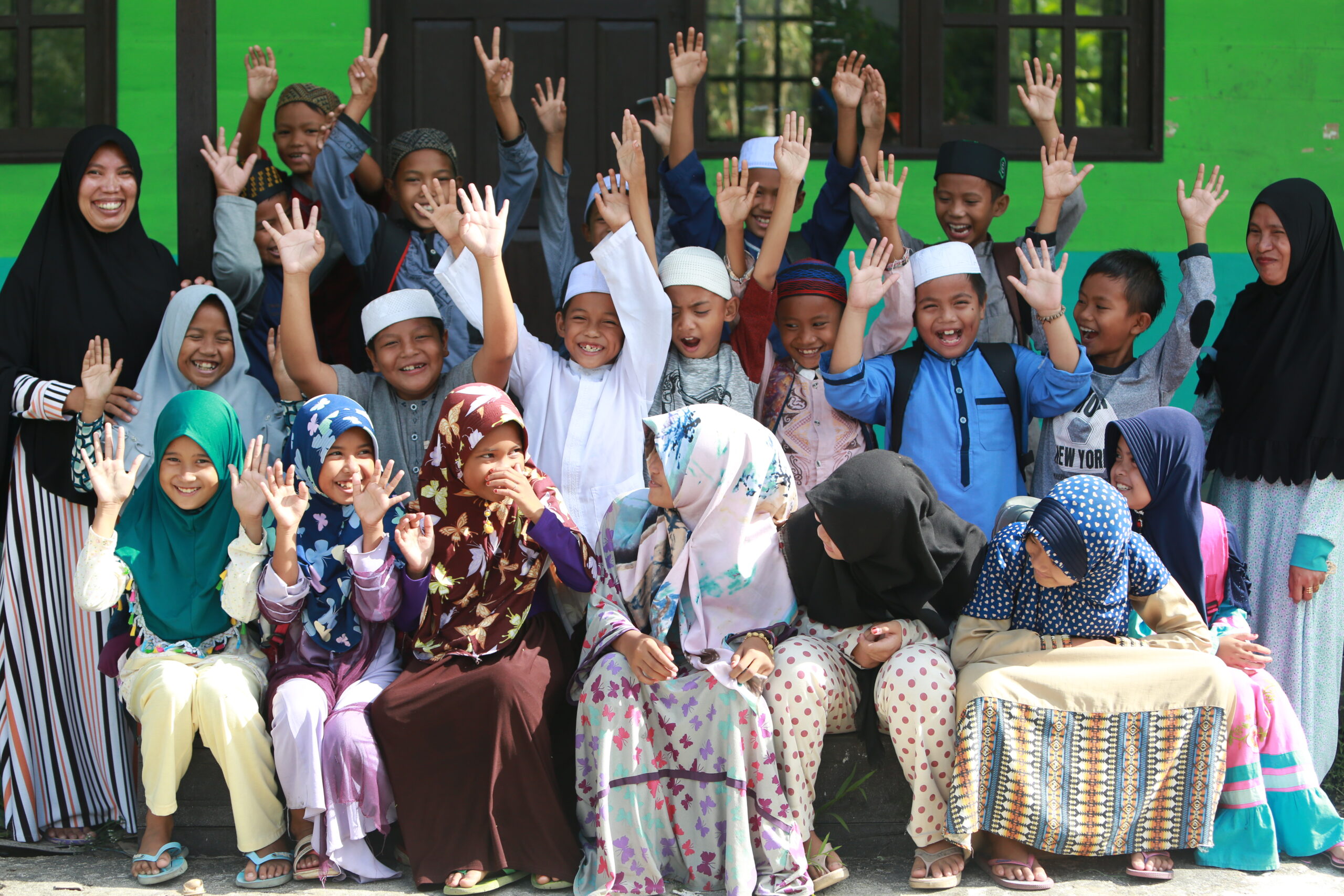Indigenous People, Local Community and Permian Global Conservation Projects
For Permian Global, local people are the core component of effective, long-term environmental conservation.
Engaging the people living in and around a forest area is one of the first steps taken when developing a new project. This includes working to build trust through open, transparent dialogue; listening closely to the needs and aspirations of project communities; and finding ways to embed the project within the communities, so local people are involved, empowered, their needs met, and their lives improved through the project activities.
People, nature and conservation
Permian Global approaches conservation as a means of protecting threatened natural environments, helping the diversity of species to thrive, and improving the lives, wellbeing and welfare of people living in and around the forest area.
Through our projects, we are demonstrating that safeguarding the natural world can and should be done hand-in-hand with social and economic development. Ethically, this is the right thing to do, especially in areas of extreme poverty, but it is also the most practical way of ensuring the long-term success of this work.
With each project, we begin investing in and providing benefits to local communities right from the start of the project, long before it has generated verified emissions reductions or carbon credits.
Carbon finance is one way of valuing nature so that it can compete with alternative destructive land-use. By involving and empowering local people, it can also help to eliminate poverty, drive genuine and lasting social improvements, whilst working to safeguard community history, culture and customs.
Community development in our projects is not a co-benefit. It is a central feature of the approach. Our projects are designed and run by local people to serve local people. Permian Global’s mission is to protect threatened tropical forests, and this is done through the support, buy-in, and involvement of the people most directly affected.

Permian Global is guided by a set of principles that informs our approach to community engagement. These include the principles of respect, inclusion, transparency, and empowerment.
We also recognise that our role in designing a community-based project is primarily one of listening and learning. Each community programme will be different from the next, because each needs to address the unique circumstances, concerns and needs of that specific community. But there are basic shared assumptions applied to each new project:
Community involvement as a partnership
Communities must have a voice in the design and implementation of our projects. Free, Prior and Informed Consent (FPIC) is essential for the success of any initiative.
Permian Global works to promote, build and maintain relationships with individuals, communities, neighbours, businesses, local organizations, government and other stakeholders to ensure meaningful community involvement in the planning, implementation, and evaluation of its projects.
Social justice and equity
Permian Global seeks social justice by expanding choice and opportunity for all community members. This includes recognising a special responsibility to identify and engage, as genuine partners, under-served and under-represented or vulnerable groups throughout the planning, implementation and evaluation project stages. Particular focus must be given to those with the potential to be adversely or unknowingly affected by the results of decision-making processes.
Value community wisdom and participation
Permian Global seeks and includes traditional knowledge and diverse cultural perspectives in the design and implementation of its projects, and deeply integrates them with technical analysis to strengthen land use decisions.
Transparency and accountability
Our decision-making processes must be clear, open, and well documented. We always do our utmost to ensure communication with communities is clear, translated into local languages, concepts are well explained. Enough time must always be devoted to listening, learning from, and answering questions from community members. Through these processess, a diverse range of community interests can be heard, assessed and integrated into the project. We ensure clarity and transparency through frequent community dialogue and forums, covering issues including costs, transactions, and other elements of potential interest to the communities who are involved in its projects. We also ensure accountable to our stakeholders in the preparation and presentation of outcomes in its monitoring reports.
Technical, social and legal expertise
It is important that Permian Global has all relevant skills, expertise and experience to manage community engagement processes so that any arrangements between Permian Global and local people meet the highest standards, are sensitive to the circumstances of the community and individuals, and above all are fair to everyone involved. This means ensuring we have the right staff e.g. covering legal, economic, anthropological expertise.
Through community engagement, we seek to involve community members at all stages of development and implementation of our projects. This process also enables us to build trust and understanding with communities, which is essential for the long-term success of a project.
Community engagement must always be a sincere, ongoing, and collaborative process. This requires patience, sensitivity, and a willingness to listen and learn from the communities we work with. We also ensure that the benefits of projects are shared through programs that are designed and agreed upon by local people.
Moreover, community engagement is a critical tool for managing the risks associated with forest projects. By involving communities in the design and implementation, we can identify and mitigate potential environmental and social impacts, build social capital, and resolve tensions that may arise. Additionally, community engagement can help us to identify potential conflicts over land ownership and make informed decisions about benefit sharing.
Community engagement begins at the earliest stage of project development and allows the Permian Global team to begin building trust. Primarily this involves a process of listening and learning about local interests, needs and aspirations. This knowledge will guide the design of the project.
By structuring community participation in the design and implementation processes, we aim to empower local people to:
- Harness the productive capacity of their land without undermining livelihoods in the process.
- Channel project benefits towards local development priorities through the implementation of their life-long plans
- Promote the equitable distribution of benefits between companies, communities and other stakeholders as needed, as well as within communities themselves.
It is an ongoing process that continues throughout the lifetime of the project, with the intention of forging deeper ties between the communities and the projects, maintaining support and adapting to any changing circumstances.
The community engagement process typically follows these nonlinear steps:
- Stakeholder Mapping is a process of identifying and analyzing individuals, groups, or organizations that have an interest or influence in our project. It is an essential tool for understanding stakeholder relationships and ensuring that all stakeholders’ needs and expectations are considered and project design and implementation.
- Socioeconomic Research or assessment is a way to learn about the social, cultural, behavioral, economic, and political conditions of the local community stakeholders including individuals, groups, communities and organizations. This will help inform the engagement process and the project’s design. It is also an important part of establishing a social baseline on which to assess the project’s impact.
- Impact Assessments enable Permian Global to identify potential positive and negative outcomes from implementing the project. Positive impacts can inform the objectives of the project and by measuring against the baseline, progress can be assessed towards achieving those objectives. Negative impacts or project risks must be carefully assessed and mitigated.
- The Community Engagement plan sets out the process for establishing a long-term, equitable, collaborative project relationship. It must work to build trust, foster collaboration, and promote equitable benefits sharing. Key components include:
- Listening, learning, participation, and communication
- FPIC: Free Prior and Informed-Consent is essential
- Capacity building
- Social and economic development / project benefits
- Grievance and resolution mechanism
- Monitoring and evaluation, plus improvement
Permian Global benefits significantly by involving indigenous people and local communities in its projects. Benefits include:
- Improved forest management: IPLC often have a deep understanding of their forests, and their traditional practices can be based on sustainable management of natural resources. Their involvement can help ensure that forests are managed sustainably and not over-exploited.
- Local skills and experience: Permian Global projects are locally run enterprises, which require a large and diverse staff. Directly employed local staff cover all project roles, including administration, monitoring and data collection, and fire management.
- Increased participation and ownership: When local people are involved in a project from the outset, there is a greater chance of generating a sense of ownership and responsibility for the project’s success.
- Greater local support for the project through increased social and economic benefits: Closer involvement of local people in the project allows for a greater appreciation of needs and interests, which means they can better benefit from financial incentives and other forms of supports. This can include income from carbon credits, training in sustainable forest management, and support for alternative livelihoods.
- Enhanced social and environmental safeguards: The involvement of local people in our projects can help us to ensure that our social and environmental safeguards are respected and upheld. This can include ensuring that community rights are respected, that appropriate consultation and participation mechanisms are in place, and that there is transparency and accountability in project implementation.

What are local communities and indigenous people?
Local communities and indigenous peoples are distinct groups of people with unique cultural, social, and historical backgrounds who inhabit specific geographic areas.
Local communities refer to groups of individuals who live in close proximity to one another and share common interests, traditions, and resources within a particular locality. These communities can be found in urban, rural, or semi-rural areas and often have a strong sense of identity and belonging. They interact and collaborate to address common concerns, such as local governance, economic activities, social welfare, and environmental issues.
On the other hand, indigenous peoples are ethnic or tribal groups who have maintained their ancestral connections to a particular region over generations. They have a deep cultural, historical, and often spiritual relationship with their traditional lands and resources. Indigenous peoples possess their own distinct languages, knowledge systems, customs, and governance structures that have evolved over centuries. They maintain a unique connection with nature and prioritize sustainable practices for the preservation of their territories.
It’s important to recognize that indigenous peoples are distinct from local communities in that their cultural heritage and ancestral ties to the land are a defining characteristic of their identity. While all indigenous peoples are local communities, not all local communities are indigenous peoples. The term “indigenous” is often used to emphasize their historical presence in a particular region and their status as original inhabitants predating colonial settlements.






